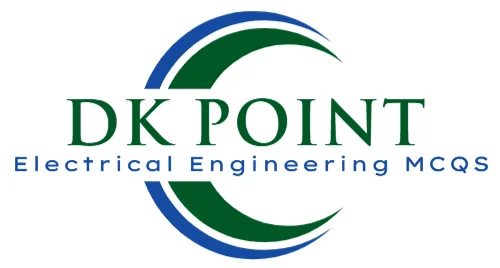Electrical Engineering MCQs for job test preparation. Electrical Engineering MCQ questions with answers for entry test. Electrical Engineering MCQs here cover topics like Basic Electrical MCQs, Transformers, DC Generators, Cables, Heating and Welding, Electrical Engineering Materials, Electrical Machine Design, Electrical Engineering subjects, Electrical Engineering jobs for freshers, Scope of Engineering in Pakistan, FPSC electrical engineering MCQs , sub engineer electrical MCQs pdf, fundamental of electrical engineering MCQs , electrical basic MCQs , electrical engineering objective questions and answers pdf, DAE Electrical MCQs with Answers PDF, NTS Electrical Engineering MCQs PDF.

If two bulbs are connected in parallel and one bulb blows out, what happens to the other bulb ?
A. The other bulb continues to glow with the same brightness
B. The other bulb stops glowing
C. The other bulb blows out as well
D. The other bulb glows with increased brightnessIt is preferable to connect bulbs in series or in parallel ?
A. Parallel
B. Series
C. Both series and parallel
D. Neither series nor parallelWhich is the most cost efficient connection ?
A. Either series or parallel
B. Neither series nor parallel
C. Series
D. ParallelWhat is Digital Electronics ?
A. Engineering of devices that produce digital signal
B. Field of electronics involving the study of digital signal
C. Engineering of devices that digital signal
D. All of themThe binary number of decimal number 32 is ____.
A. (111111)2
B. (010101)2
C. (101100)2
D. (100000)2What are the merits of an electric traction ?
A. Maintenance cost is less
B. Starting torque is high
C. Both a and b
D. None of themWhat is the standard form of OHI ?
A. Over High Equipment
B. Over Head Engine
C. Over Head Equipment
D. None of themThe maximum speed of main line service is ______ kmph ?
A. 75 kmph
B. 60 kmph
C. 110 kmph
D. 120 kmphThe BMW i-8 is an example of ______ vehicle ?
A. MHEV
B. EV
C. HEV
D. PHEV____ are the traction motor electrical features ?
A. Regenerative braking
B. High starting torque
C. Simple speed control
D. All of them
